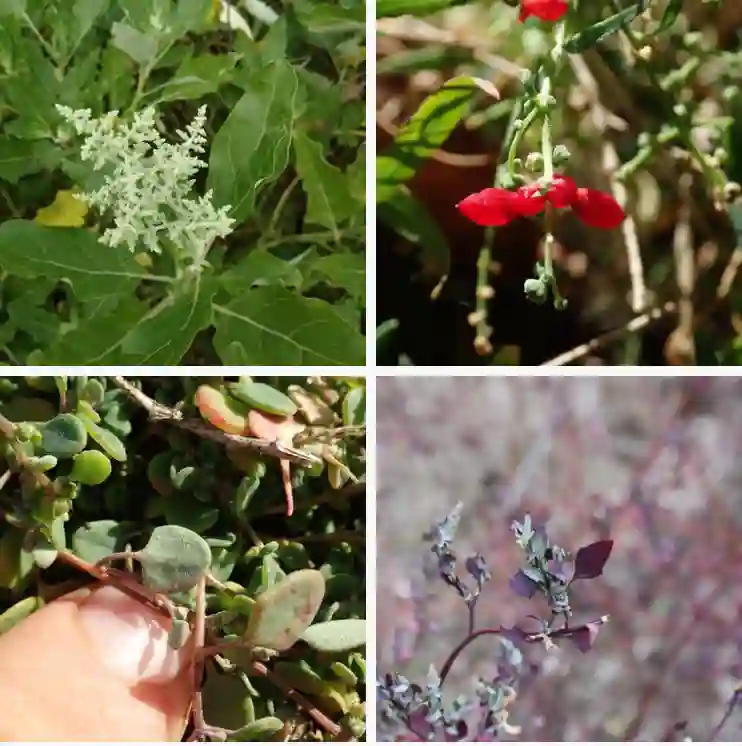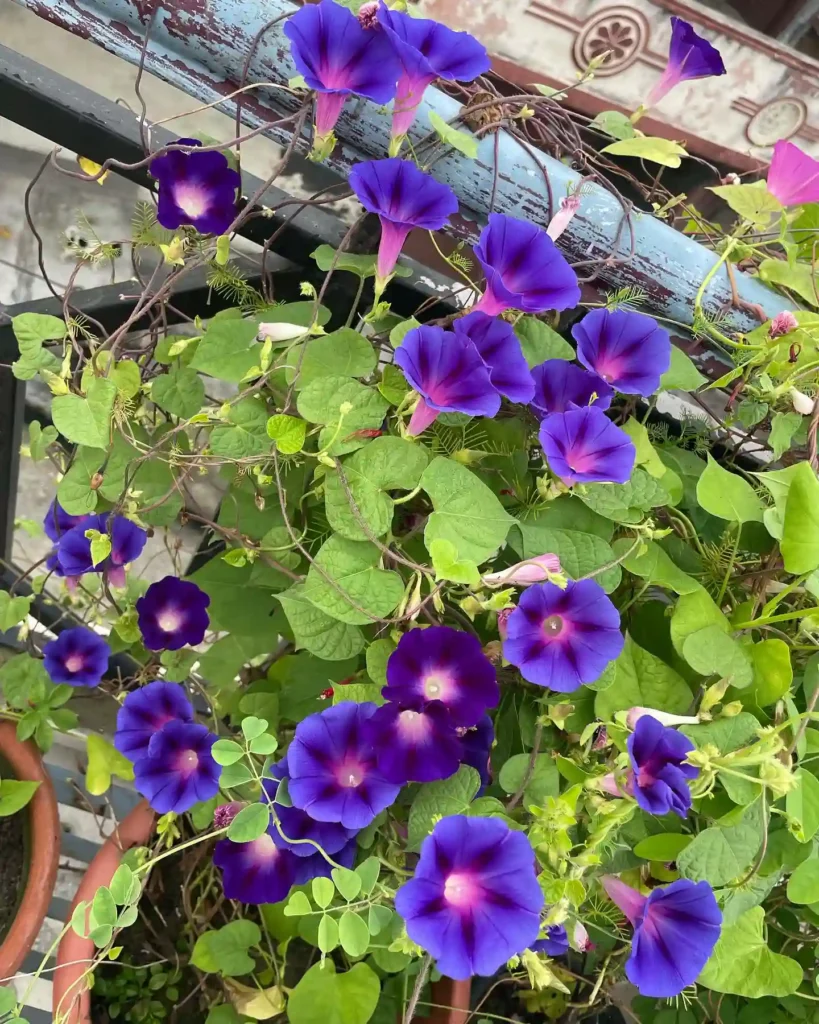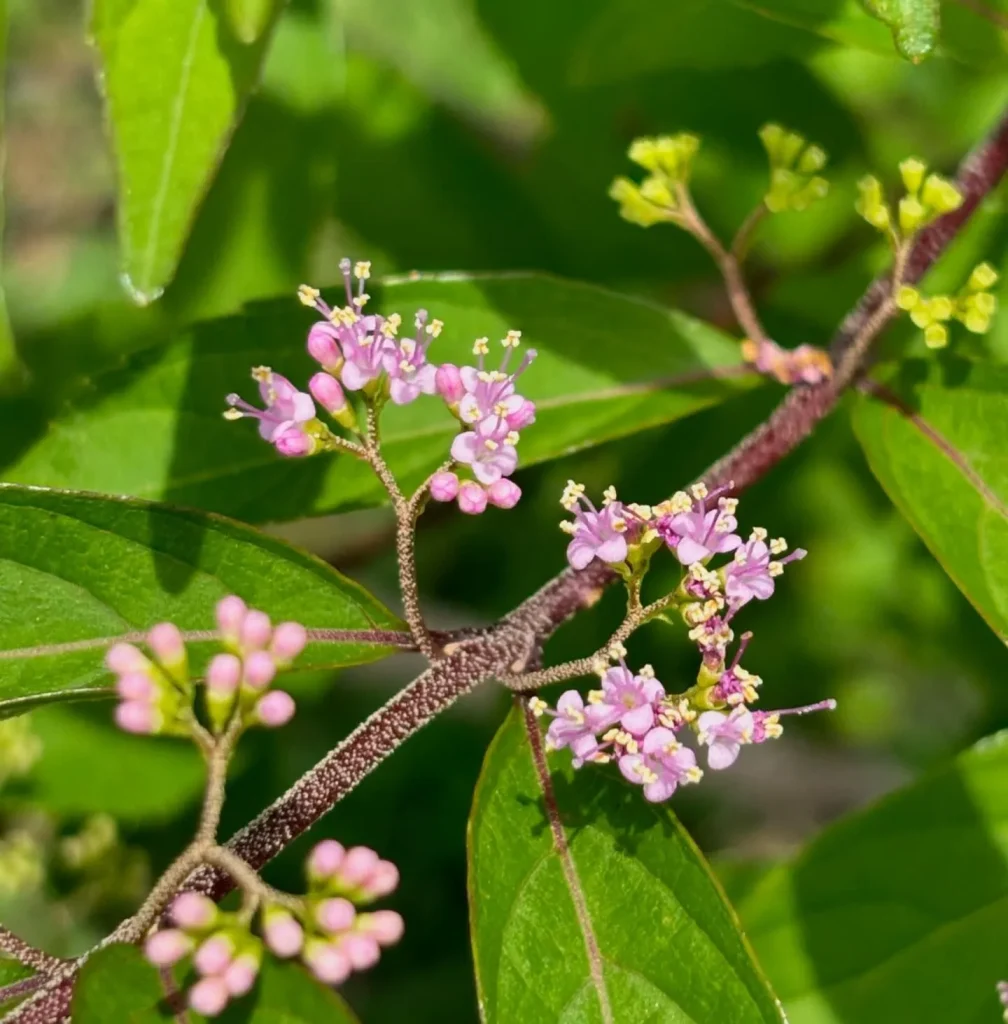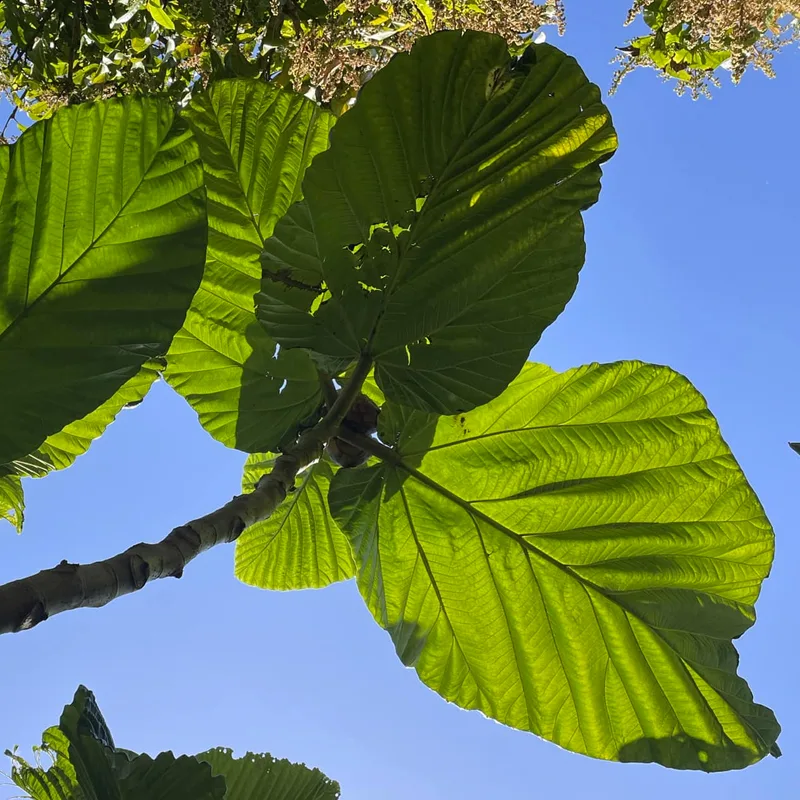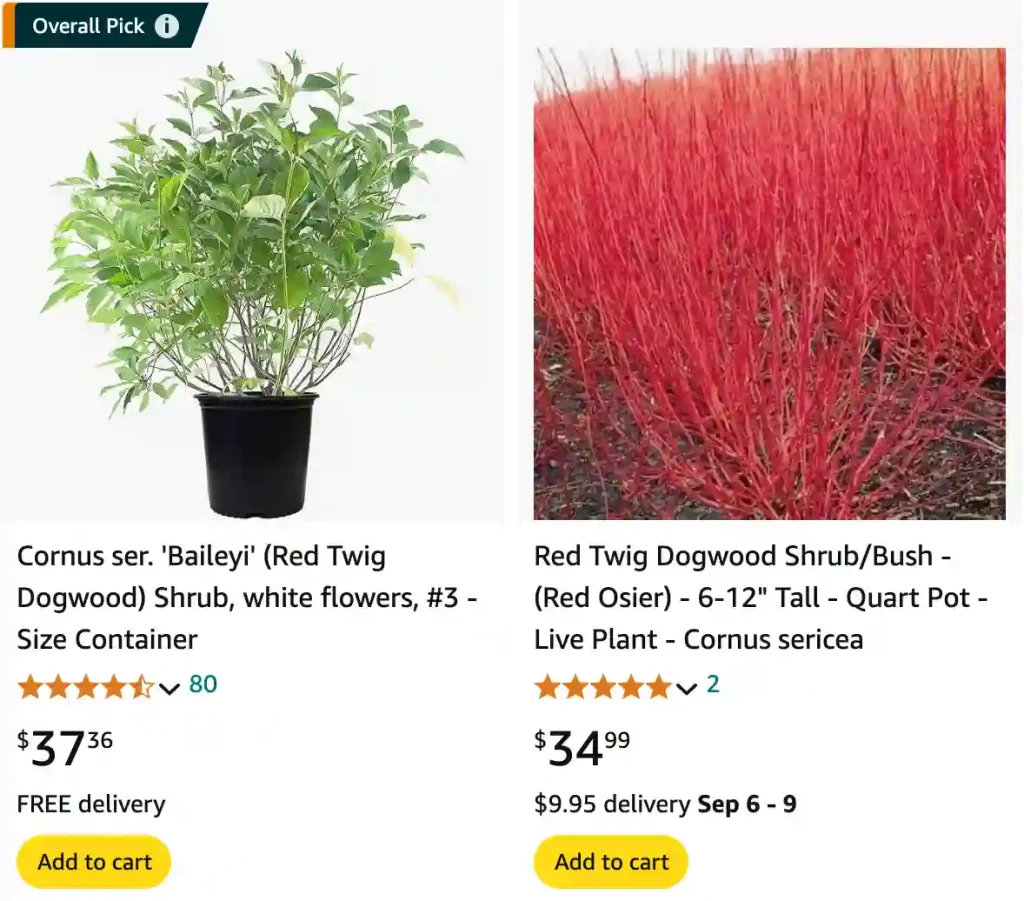
FAQs About Red Twig Dogwood
I’ve always had a soft spot for Red Twig Dogwood, with its striking red stems that provide a burst of color in the winter landscape. Over the years, I’ve gathered quite a bit of knowledge about this plant, and I’ve answered numerous questions from friends and fellow gardeners. In this article, I’ll cover some of the most frequently asked questions about Red Twig Dogwood, also known as Cornus Sericea, including how to care for it, its growth habits, and some comparisons with similar plants.
56 Species in Genus Cornus – Dogwood
When to Prune Red Twig Dogwood?
One of the key aspects of maintaining Red Twig Dogwood is knowing the right time to prune it. I typically prune my Red Twig Dogwoods in late winter to early spring, just before new growth starts. This timing allows me to enjoy the vibrant red stems throughout the winter while preparing the plant for healthy growth in the upcoming season. By pruning at this time, I’m also ensuring that I remove any dead or damaged wood, which helps the plant maintain its health and appearance.
How to Prune Red Twig Dogwood?
Pruning Red Twig Dogwood is quite straightforward. I usually start by cutting out the oldest stems, which are typically darker in color, to encourage new, vibrant red growth. Removing about one-third of the oldest stems each year helps keep the plant looking fresh and colorful. If the shrub has become overgrown, I might cut it back more severely, leaving just a few inches above the ground. This method, known as rejuvenation pruning, encourages a flush of new growth.
Can I Prune Red Twig Dogwood in Summer?
Pruning Red Twig Dogwood in summer is generally not recommended. Summer pruning can encourage new growth that might not harden off before winter, making the plant susceptible to damage from cold weather. However, if necessary, light trimming to remove dead or damaged branches can be done. I try to avoid heavy pruning until the plant is dormant.
Do Deer Eat Red Twig Dogwood?
In my experience, deer do nibble on Red Twig Dogwood, especially in areas where food sources are scarce. While they don’t typically destroy the plant, they can cause noticeable damage. If deer are a problem in your area, using deer repellents or protective barriers can help minimize the damage. However, I’ve found that Red Twig Dogwood is somewhat deer-resistant compared to other garden plants.
Is Red Twig Dogwood Deer Resistant?
Although not completely deer-proof, Red Twig Dogwood does exhibit some level of deer resistance. In my garden, I’ve noticed that deer might sample the leaves or twigs, but they tend not to devour the plant entirely. This resistance makes Red Twig Dogwood a suitable choice for areas where deer pressure is moderate.
Is Red Twig Dogwood Invasive?
Red Twig Dogwood is not generally considered invasive, but it can spread rapidly under the right conditions. In my garden, I’ve seen it send out suckers and form dense thickets if left unchecked. To prevent it from spreading too much, regular pruning and sucker removal are necessary. By managing its growth, I can enjoy the beauty of Red Twig Dogwood without worrying about it taking over my garden.
How to Propagate Red Twig Dogwood?
Propagating Red Twig Dogwood is quite simple. I often use stem cuttings taken in late spring or early summer. By cutting a 6- to 8-inch stem just below a leaf node, removing the lower leaves, and dipping the cut end in rooting hormone, I can plant the cutting in a pot with well-draining soil. Keeping the cutting moist and in a shaded area helps promote root growth. Alternatively, layering is another effective method, where I bend a low branch to the ground, cover it with soil, and wait for it to root.
Do Red Twig Dogwoods Bloom?
Yes, Red Twig Dogwoods do bloom. In late spring, I usually notice clusters of small, white flowers that attract pollinators to the garden. These flowers are followed by white or blueish berries in the fall, which are a food source for birds. The blooms, though not the main attraction compared to the vibrant red stems, add an extra layer of interest to the plant.
How Fast Does Red Twig Dogwood Grow?
In my experience, Red Twig Dogwood is a moderately fast-growing shrub. It can grow 1 to 2 feet per year under optimal conditions. With regular watering, good soil, and proper care, it fills out quickly, making it an excellent choice for hedges or privacy screens.
Is Red Twig Dogwood Poisonous to Dogs?
One common concern among pet owners is whether Red Twig Dogwood is poisonous to dogs. Based on my research and experience, Red Twig Dogwood is not known to be toxic to dogs. However, I always recommend monitoring pets around plants and preventing them from ingesting any plant material.
Red Twig Dogwood vs. Red Osier Dogwood
Many people wonder about the difference between Red Twig Dogwood and Red Osier Dogwood. In reality, they are the same plant, with Red Osier Dogwood being another common name for Cornus sericea. This name confusion often arises because of regional naming differences, but rest assured, both names refer to the same beautiful shrub.
Red Twig Dogwood vs. Arctic Fire Dogwood
Red Twig Dogwood and Arctic Fire Dogwood are very similar, but Arctic Fire is a specific cultivar of Red Twig Dogwood. In my garden, I’ve noticed that Arctic Fire Dogwood is more compact, making it ideal for smaller spaces. Both offer vibrant red stems, but Arctic Fire’s more controlled growth can be a better option for those with limited garden space.
Red Twig Dogwood vs. Snowball Bush
Comparing Red Twig Dogwood to Snowball Bush (Viburnum opulus), the most noticeable difference is their appearance and use. Red Twig Dogwood is prized for its red stems in winter, while Snowball Bush is known for its large, white, ball-shaped flowers in spring. Both are excellent additions to the garden, but they serve different aesthetic purposes. Personally, I like to use both to provide a variety of seasonal interest in my landscape.
Benefits of Red Twig Dogwood
Red Twig Dogwood is more than just a pretty face in the winter garden. It’s excellent for erosion control, provides food and habitat for wildlife, and its striking red stems bring color to the landscape when most other plants are bare. Additionally, it’s relatively easy to care for, making it a favorite among gardeners.
Common Problems with Red Twig Dogwood
Like all plants, Red Twig Dogwood can face some issues. I’ve encountered problems like leaf spot, powdery mildew, and canker, especially in humid conditions. Regular monitoring and proper spacing to improve air circulation can help prevent these diseases. Ensuring that the plant is not stressed by drought or poor soil also goes a long way in keeping it healthy.
Red Twig Dogwood has become a staple in my garden, thanks to its vibrant winter color and ease of care. Whether you’re a seasoned gardener or a beginner, this plant is sure to bring joy and interest to your landscape.
If i die, water my plants!
